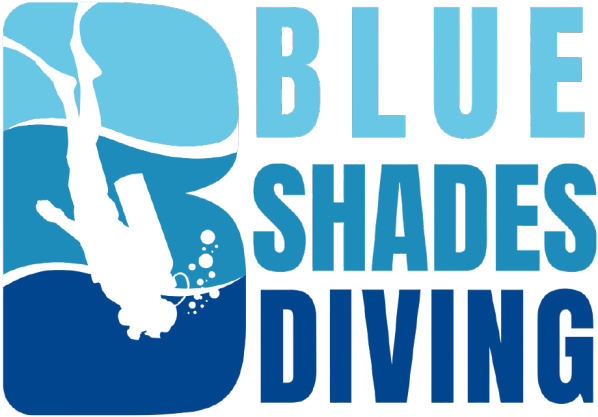The legendary Reef Diving in the Red Sea
Elphinstone is often mentioned in the same breath as Daedalus – both are highlights on many liveaboard itineraries. Named after a British military commander, this reef is famous for drift diving along healthy coral gardens, sheer walls, and small caverns. Sharks, schooling fish, and colorful highlights like red-toothed triggerfish and orange and purple anthias turn every dive into a vibrant underwater experience! Elphinstone is popular not only with liveaboard divers but also as a day trip destination due to its proximity to Marsa Alam.
This cigar-shaped reef runs north to south, is over 400 meters long, and is located in the southern Red Sea near Marsa Alam. It was named after Admiral George Elphinstone, a British naval officer who served in Egypt during the Napoleonic Wars in the early 19th century. At the surface, it’s barely marked by a few small breakers – yet below, its rich marine life makes it one of the top diving spots in the Red Sea.
At the northern and southern ends of Elphinstone, you’ll find 100-meter-wide plateaus between 20 and 40 meters deep, covered with soft corals, giant gorgonians, sponges, and sea whips.
At the Northern Plateau, divers usually drop in further to the north and drift onto the finger-shaped plateau. Here you’ll encounter purple dendronephthya corals, soft brown corals, and swarms of red-toothed triggerfish dancing in the current. Giant trevallies and barracudas are regular hunters in this area, and reef sharks are commonly seen. This is also the most likely place to spot elusive hammerhead sharks.
As you ascend into shallower waters, you’ll join the steep wall covered in gorgonians, carved with overhangs and crevices. This stunning underwater scenery is brought to life by anthias in brilliant hues of orange and purple, emperor fish, angelfish, and flute mouths gliding elegantly through the reefs cape.
The Southern Plateau is known for frequent encounters with oceanic whitetip sharks, almost always accompanied by pilot fish. These curious sharks often return for a second looking at divers. Rarely seen elsewhere in the world, oceanic whitetips have become a symbol of what makes diving in the southern Red Sea so special. Best time for sightings: October to the end of December.
On the western edge of the Southern Plateau, at depths of 30–35 meters, lie several cave entrances. Among them is the infamous Elphinstone Arch – a 10-meter-high tunnel connecting the eastern and western walls. This tunnel is beyond recreational diving limits and should only be entered with proper technical training. In strong currents, stay close to the reef to avoid being swept away.
The Eastern Wall offers breathtaking wall diving with strong currents – ideal for a spectacular drift dive. The walls drop vertically to over 100 meters, adorned in a kaleidoscope of soft coral. Marine life here includes barracudas, jacks, snappers, angelfish, Napoleon wrasses, and large tuna.
The Western Wall is also steep but features more ledges and caverns, attracting titan triggerfish, soldierfish, and squirrelfish. A massive buttress drops down to 10 meters, forming a large overhang where black snappers often gather.
The only downside to diving Elphinstone is its popularity and accessibility from Marsa Alam. Being one of the most famous dive sites in the Red Sea, several liveaboards and day boats are often moored here at once. That said, Elphinstone remains a site for advanced divers – it’s an open-ocean location, and currents can be strong. The main current flows north to south along the east and west walls, making it a classic drift dive.
